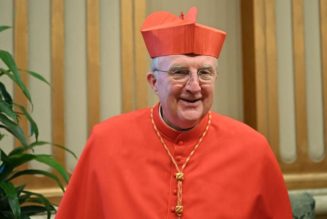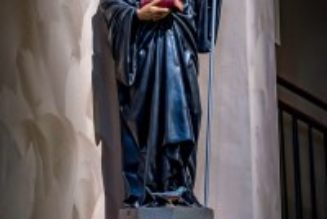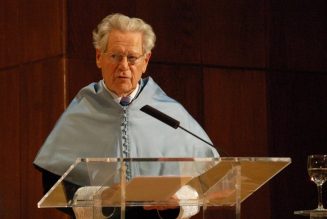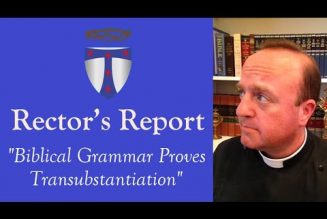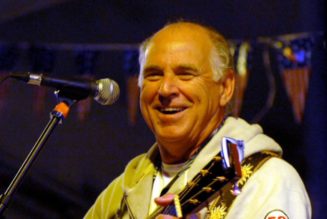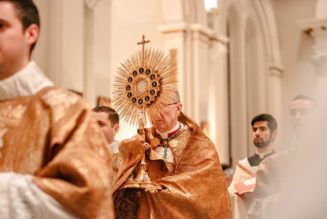“There are many occasions in the life of a diocese or a parish for cultural and self-expression, but the Mass is not the place for these,” Cardó wrote in an email to CNA.
“True and lasting ecclesial unity comes from the Eucharist, not from our well-
intentioned human experiments,” he stated. “Celebrating the sacraments according to the rubrics and their spirit is the ordinary and simple path for genuine participation in the graces God offers through them.”
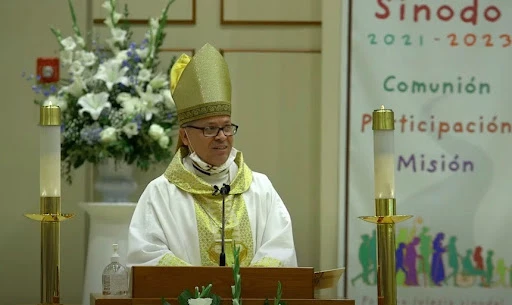
In his homily, Rojas described the synodal path as an invitation to listen to and welcome “all the people in the margins of society.”
“Guided by the Holy Spirit, we come together from different cultures and languages around the world, but united in Christ as one family of families to pray and to listen to each other,” he continued. “We want all the people in the margins of society to know that they are welcome in our communities because they are all children of God created in the same image and likeness of God our Father.”
Near the end of the Mass, Rojas took a moment to explain the symbolism of the entrance procession.
“If you noticed, when we entered the Church, the entrance procession, it was a little different than what we have done in the past,” the bishop said. “Normally, the priest or the presider or the bishops come in the very back, at the end of the process. You noticed this time we were in the middle, symbolizing walking together.”
Moments later, traditional Mexican Indian dancers, called matachines, wearing bells on their clothing and tall, feathered headdresses, filed in front of the altar. After a final blessing, interspersed with loud drum beats, they processed out of the church, dancing.
One of the two drummers positioned at the foot of the steps leading to the altar appeared to be wearing a jaguar costume, which some viewers associated with the Aztec jaguar-demon Texcatilpoca. The diocese did not respond to a followup email from CNA seeking an explanation.
(Story continues below)
While some social media commentators said they were deeply offended by some of the cultural aspects of the Mass, the Church generally has provided wide discretion in the liturgical use of cultural traditions.
Inculturation of the liturgy has a long history, but has come to particular prominence since the Second Vatican Council’s constitution on the sacred liturgy included norms for adapting the liturgy to the culture and traditions of peoples.
Echoing Sacrosanctum Concilium and recent documents of the Congregation for Divine Worship, the General Instruction of the Roman Missal indicates that “the pursuit of inculturation does not have as its purpose in any way the creation of new families of rites, but aims rather at meeting the needs of a particular culture, though in such a way that adaptations introduced either into the Missal or coordinated with other liturgical books are not at variance with the proper character of the Roman Rite.”
Cardó, however, said there is a proper time and place for celebrating cultural traditions and diversity.
“Thankfully, there are plenty of occasions for other kinds of human and cultural exchanges,” he stated. “But the Mass is the supreme act of adoration, thanksgiving, expiation, and petition, and this is truly experienced through a beautiful and reverent celebration of the Eucharist.”
Join Our Telegram Group : Salvation & Prosperity



